This is probably my favorite line from all the comments I managed to read before they got sucked down into DOE's black hole. This comment comes from the Inskeep family in Kansas.
There hasn’t been a land grab and human expulsion to this degree since the Native Americans were slaughtered indiscriminately and herded off their land.
The midwestern state farm bureaus submitted excellent comments, and the Missouri Farm Bureau wrote this opinion piece.
These are the Missouri Farm Bureau's comments.
| mofb_comments_doe_nietc_phase_2_-_final_062424.pdf |
| landowner_alliance_comments.pdf |
Sacrificing West Virginia’s environment and imposing new costs on its struggling consumers for benefit of Virginia’s economy and the profits of the corporations who operate there is the epitome of environmental and economic injustice. Virginia ranks tenth in the list of average salaries by state, with an average annual salary of $65,590. West Virginia ranks 48th on the list, with an average annual salary of $49,170.13 West Virginia is never going to economically catch up with surrounding states if its citizens are forced to pay a significantly larger share of their income to support the economic development of surrounding states.
| nietc_phase_2_comments.pdf |
Thank you for your inquiry. DOE will not be making comments received regarding the preliminary list of potential NIETCs publicly available.
Nevertheless, you inserted yourself into a process where you were not welcome. It's the only thing you can do when your government is holed up with special interests and planning to take what's yours. The legal challenges will come later. Thank you to everyone who participated!
What's next? The DOE plans to issue its decision this fall with "draft" designation reports. You'll be allowed to comment on these reports, but DOE will have already made its decision and you'll be in the position of trying to change their mind. Where has democracy gone?
For each corridor that receives a draft designation, the DOE will have to undertake an Environmental Impact Study, which is a multi-year process where they are required to involve the public. But we already know what DOE thinks of public comment, right? They have made that plain. They are in a real big hurry to railroad this process forward before the election in November. Don't forget to vote!
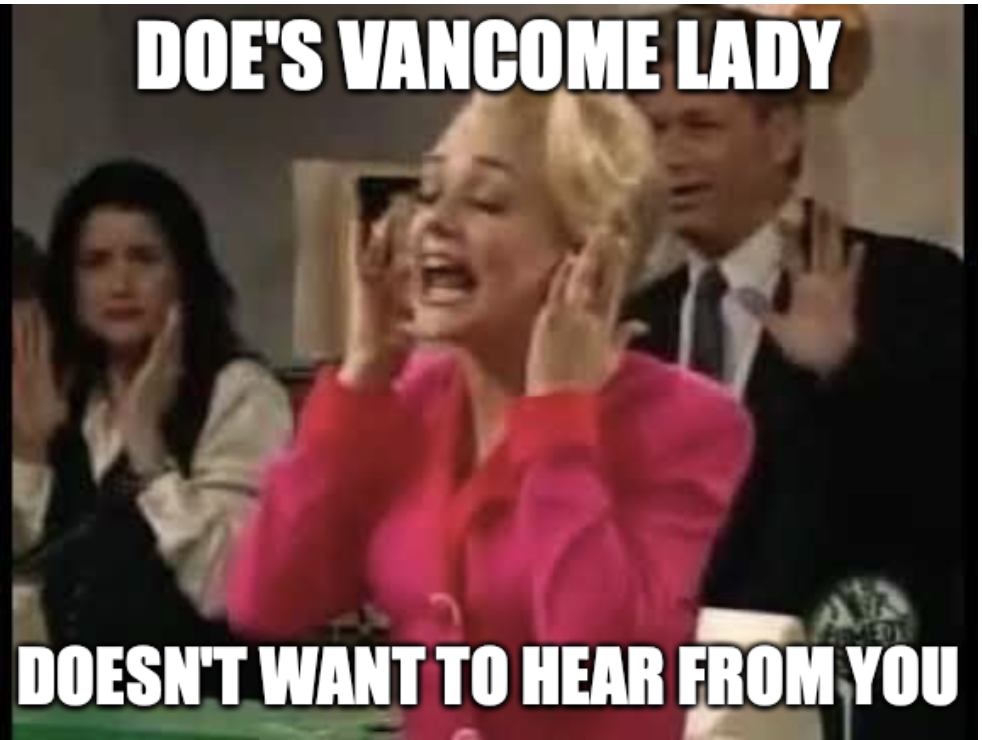
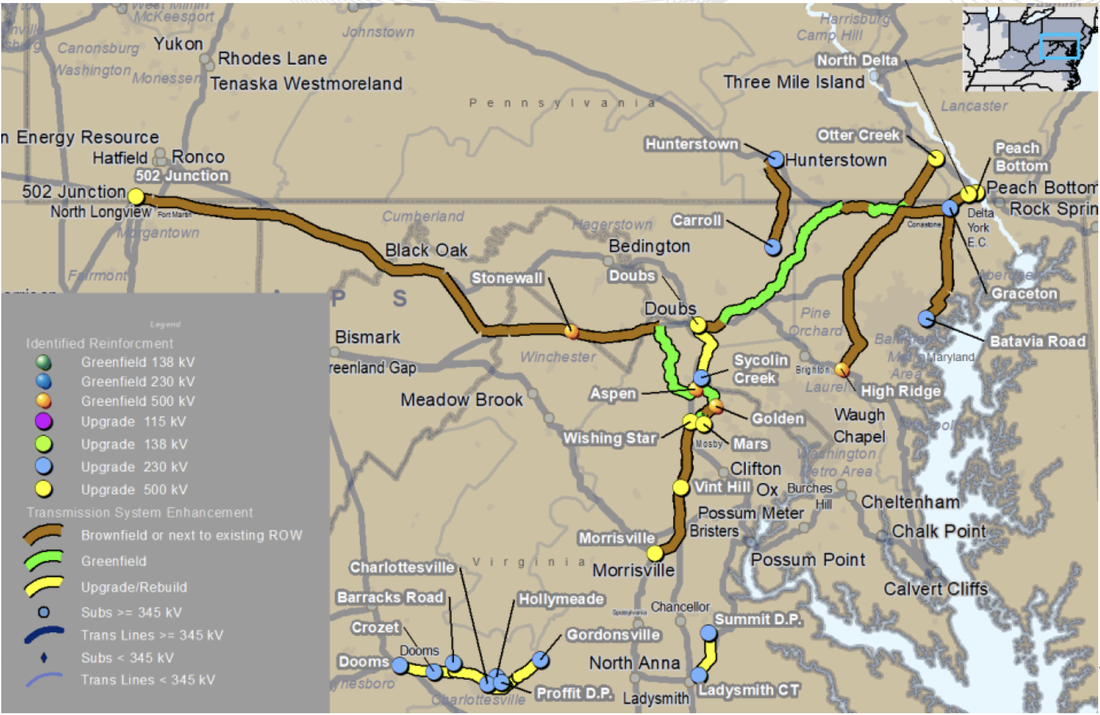
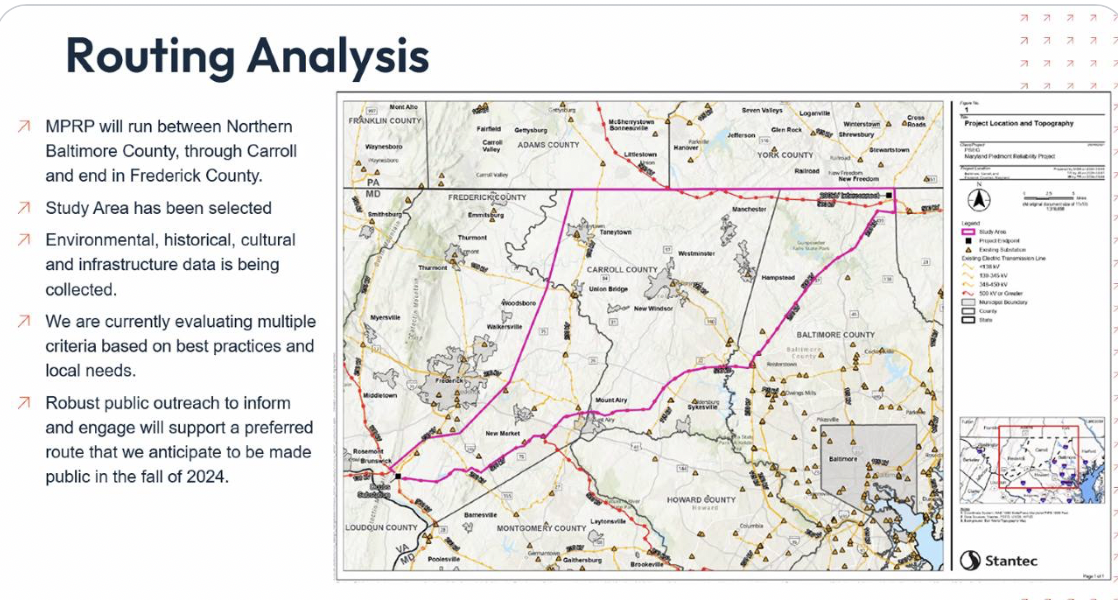
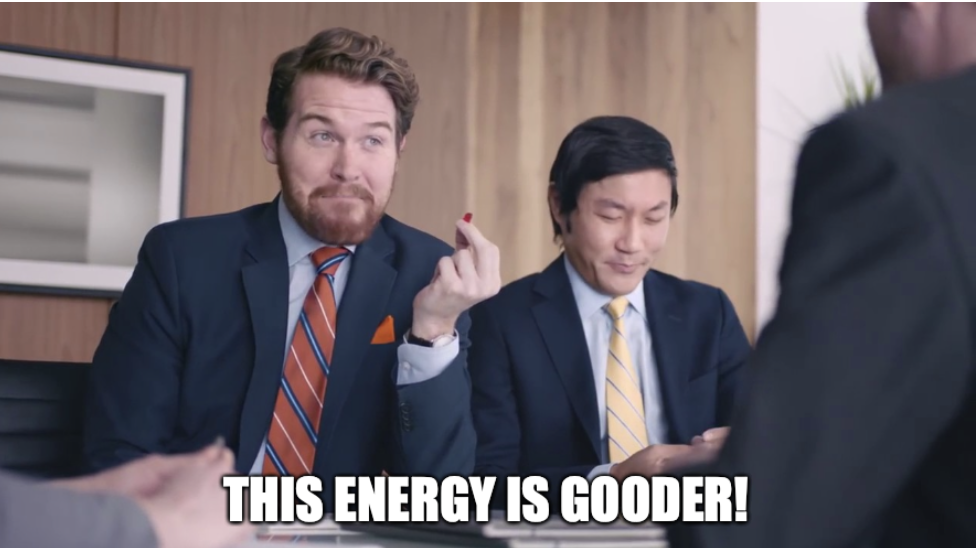
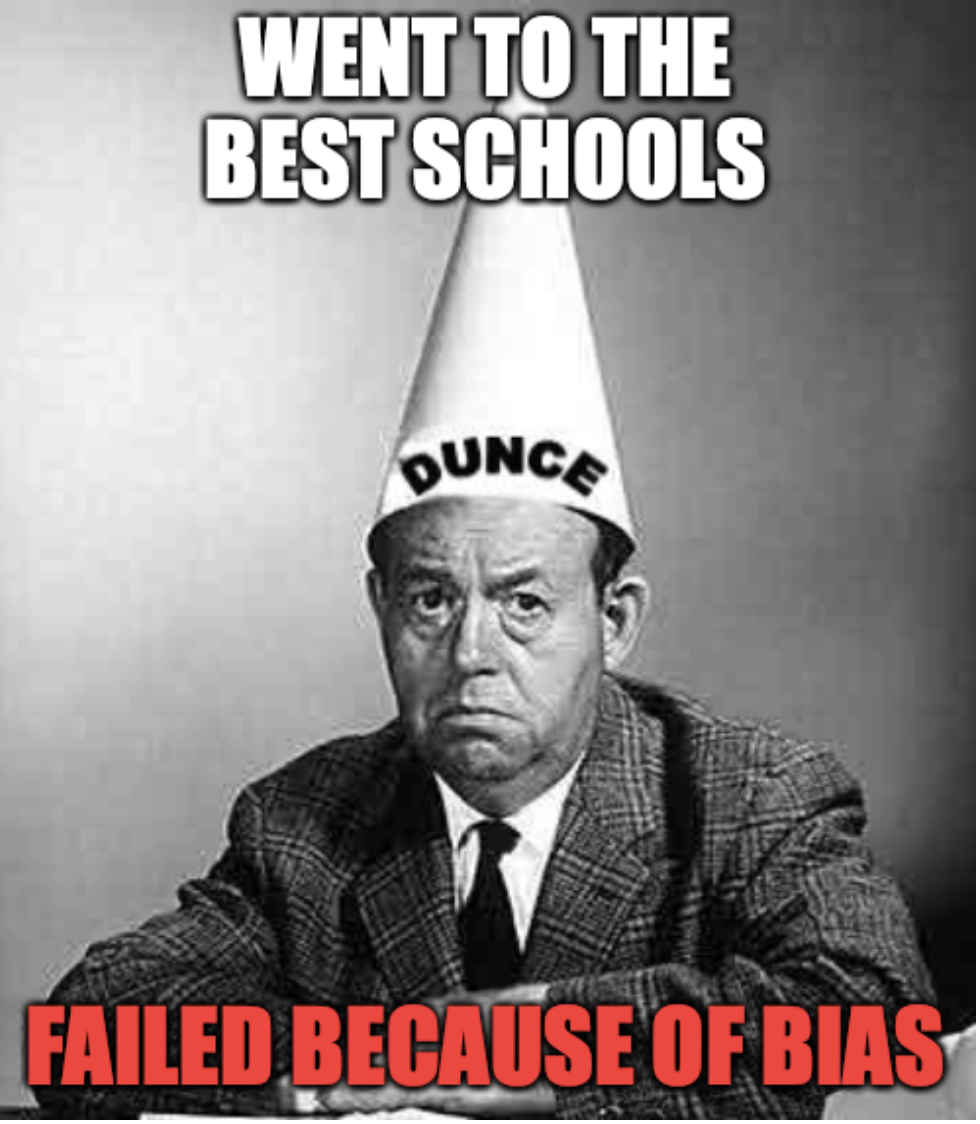

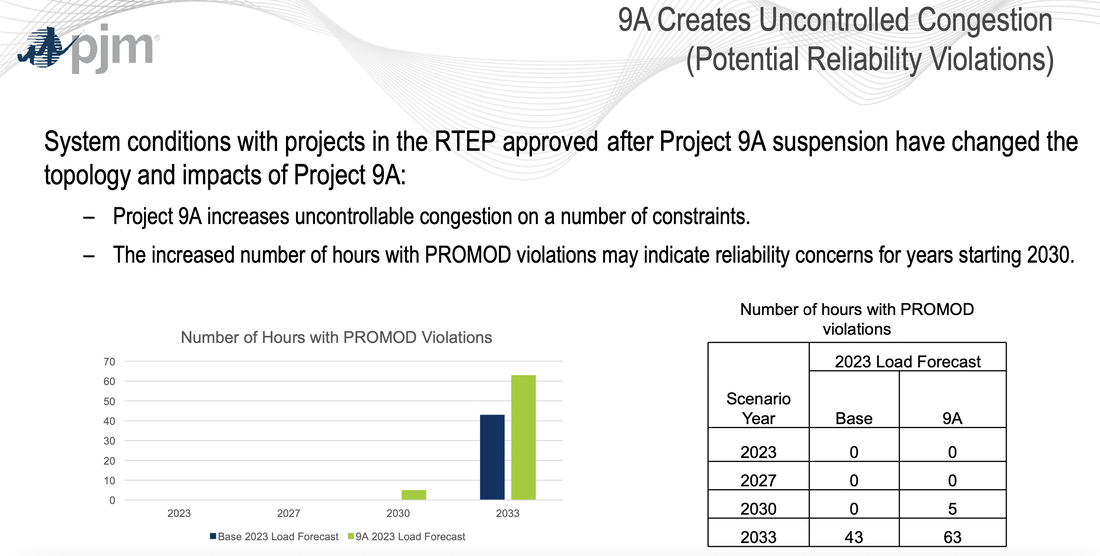


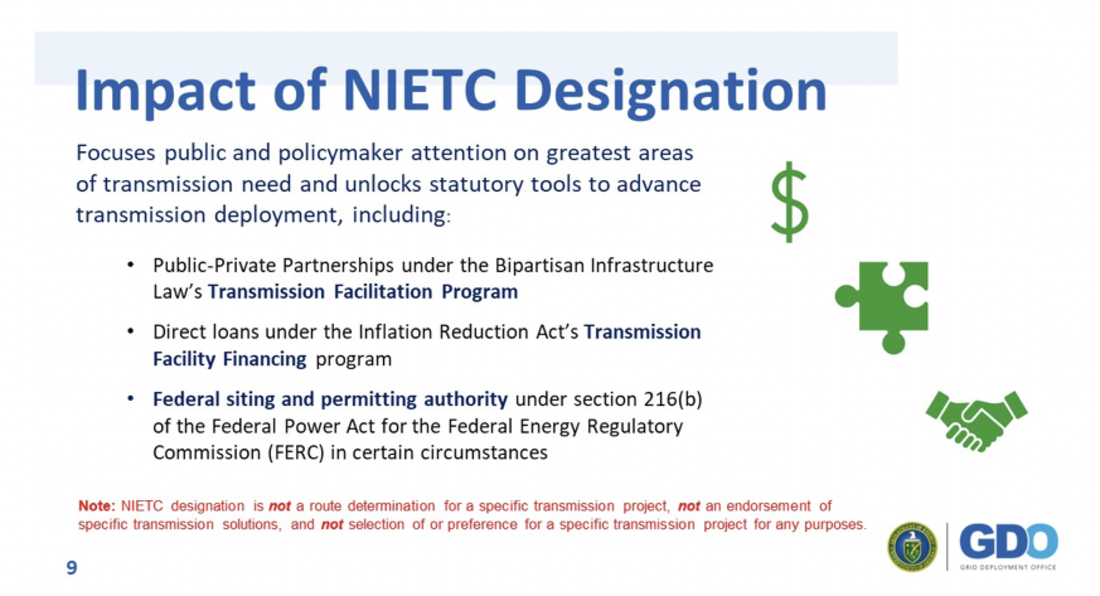
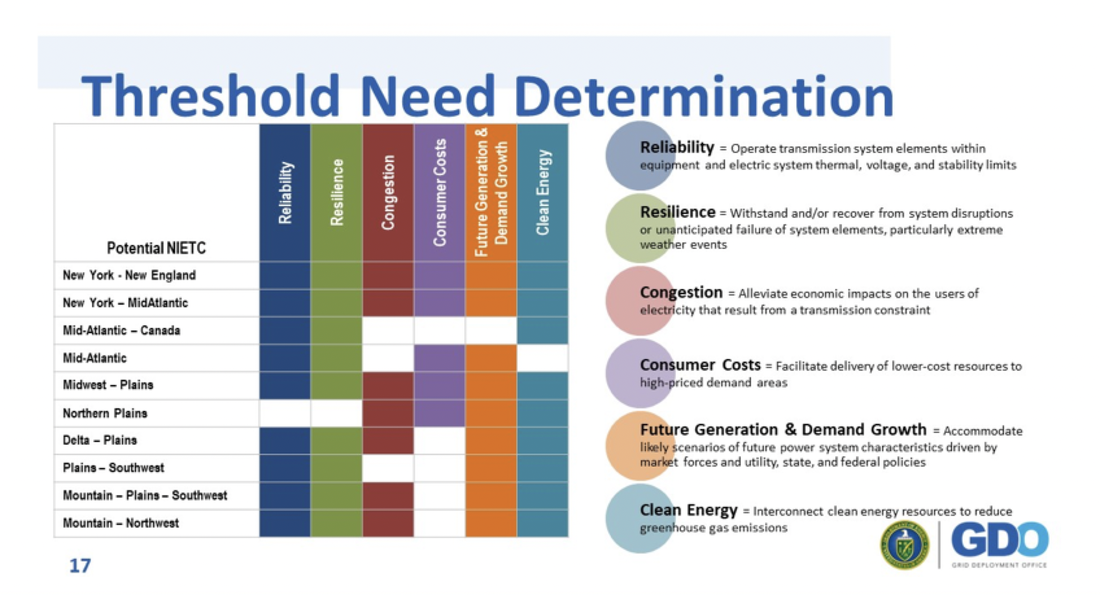
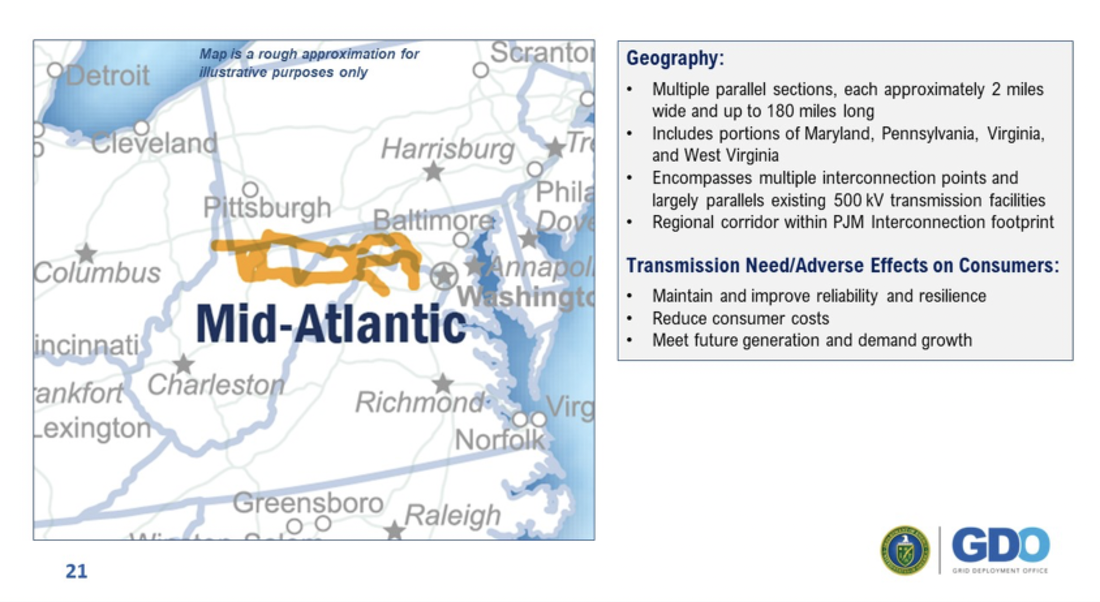
 RSS Feed
RSS Feed